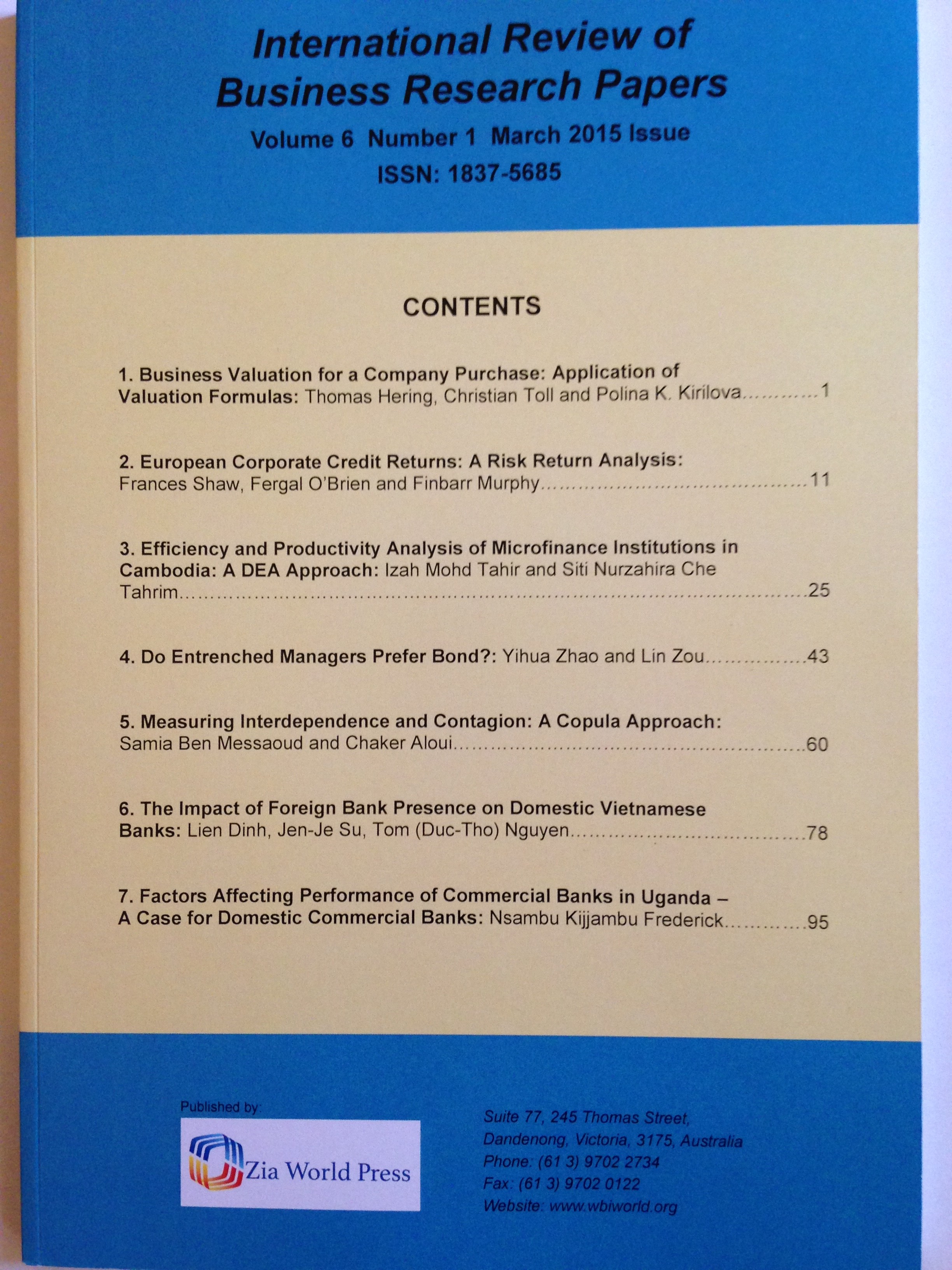September
2015

September 2015 (International Review of Business Research Papers)
Total Articles - 17
